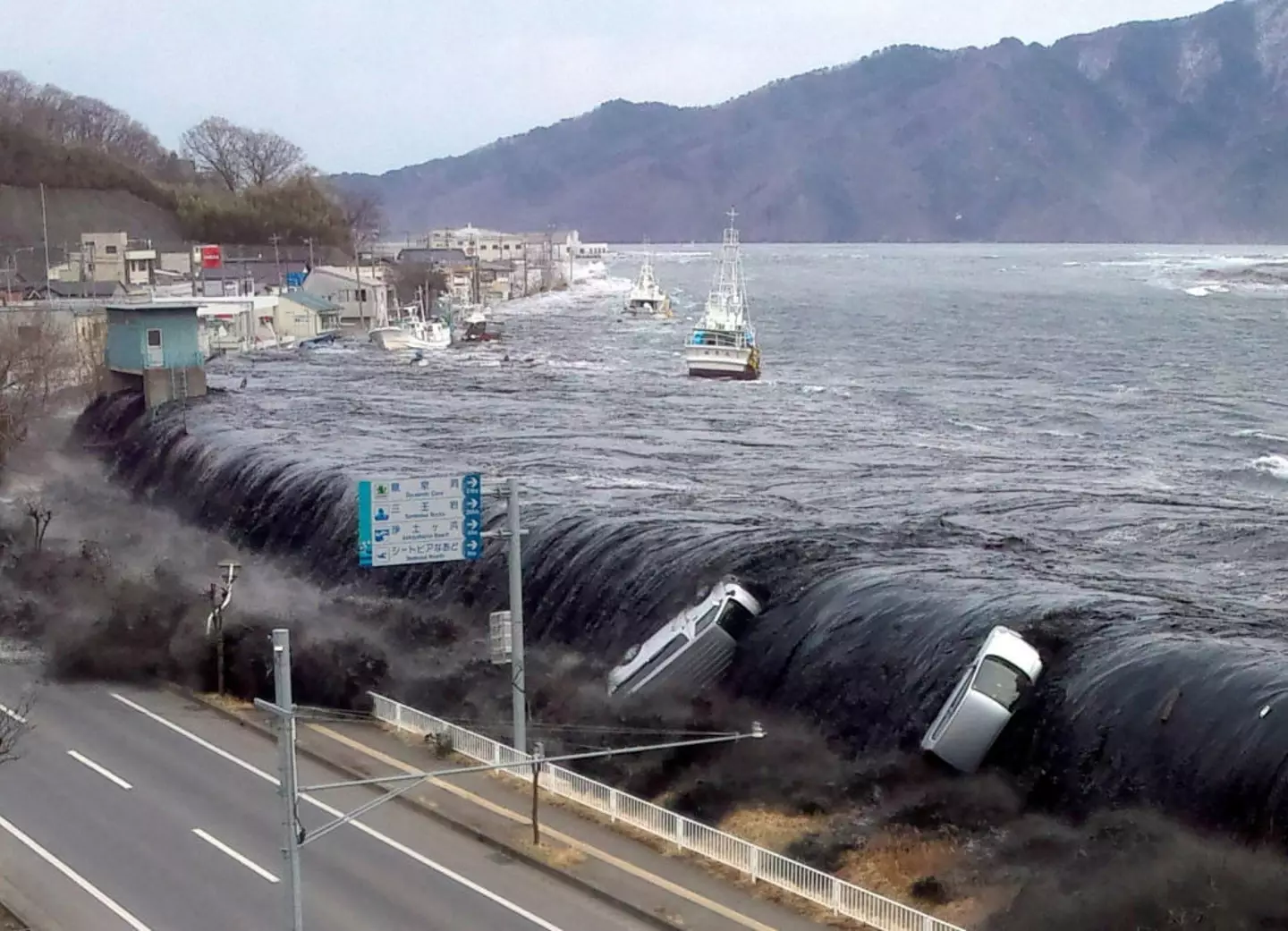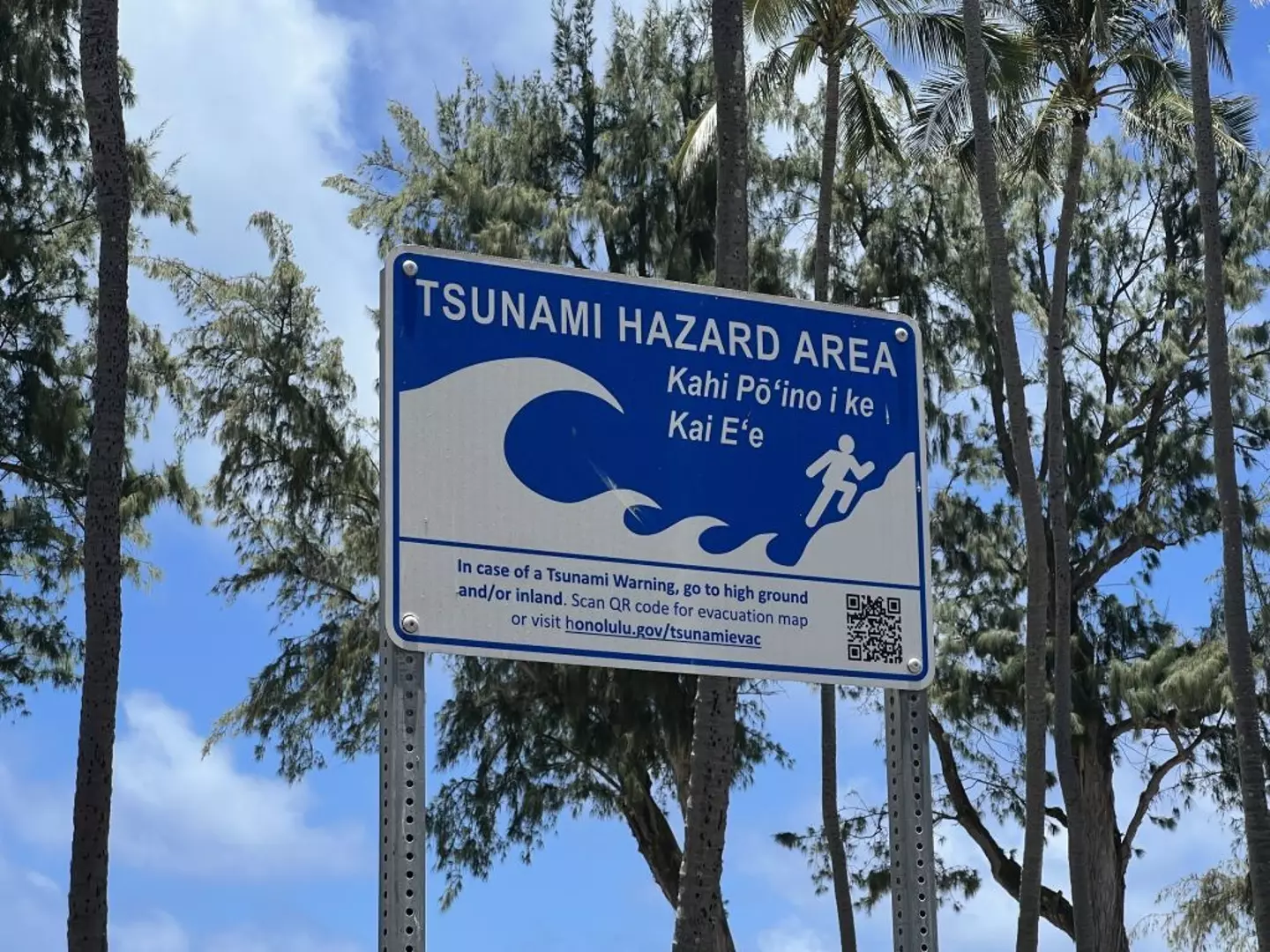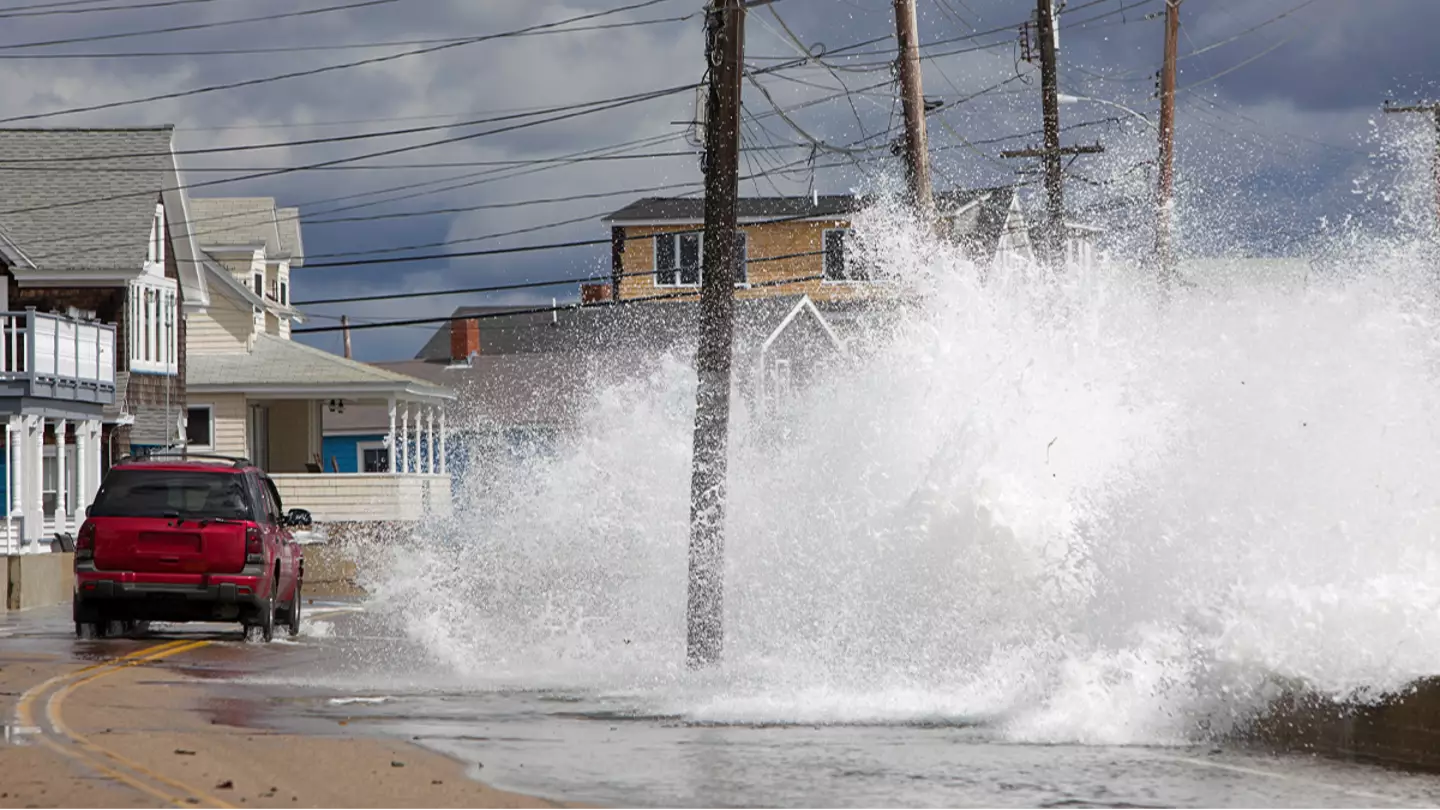Authorities in numerous countries are issuing warnings about the potential threat of a tsunami following a significant earthquake off the coast of Russia.
The earthquake, recorded at a magnitude of 8.8, struck off Russia’s coastline on Wednesday (30 July). It is considered to be the sixth-strongest earthquake ever recorded, sparking concerns that a tsunami might impact several nations.
The BBC reports that waves up to 4 feet (1.2 meters) have already reached Hawaii, triggered by the seismic activity.
Evacuations are underway in various coastal regions as a precautionary measure to reduce the risk of casualties and damage.
This earthquake is the most powerful since the devastating 9.0 magnitude earthquake that struck northeast Japan in 2011, which was followed by a destructive tsunami.
What are the areas currently under threat? Here’s what we know…

The US Geological Survey (USGS) recorded the earthquake’s epicenter approximately 74 miles (119 kilometers) southeast of Petropavlovsk-Kamchatsky city at a depth of 20.7 kilometers.
Two significant aftershocks, measuring 6.3 and 6.9 magnitudes, followed the initial 8.8 magnitude quake within an hour.
Additional smaller tremors registering around magnitude 5 have been detected.
The waves detected so far range from four to five feet in height, and Hawaii’s governor has issued a warning that the tsunami ‘will wrap around the islands’.
According to the National Oceanic and Atmospheric Administration, large waves began forming in the early evening local time in Kahului.
All flights to and from Maui airport were initially canceled; however, the warning has since been downgraded from a tsunami alert to a warning of large waves, allowing evacuees to return home.
Initial projections for Japan indicated potential wave heights of almost 3 meters, though the waves measured have been smaller, but this is subject to change.

In Japan, over 1.9 million residents have been advised to evacuate as large waves have started affecting the northern and eastern coastlines.
Tsunami advisories have also been issued for California and the broader US West Coast. The highest tsunami alert level extends from Cape Mendocino along the California coastline to the Oregon border.
Besides Japan and the US, countries including Russia, the Philippines, Indonesia, Chile, Peru, and Ecuador have also issued alerts.
Galapagos Islands residents have been warned to expect a 1.4m (4.6 feet) wave by 9 am local time.
The alert from the Integrated Tsunami Alert System of Mexico and Central America is widespread.
It encompasses the entire region from Ensenada to Panama, with additional warnings for Guam, the Northern Mariana Islands, and American Samoa.
The US embassy released advisories for Papua New Guinea, the Solomon Islands, and Vanuatu this morning.
President Donald Trump shared on Truth Social: “Due to a massive earthquake that occurred in the Pacific Ocean, a Tsunami Warning is in effect for those living in Hawaii. A Tsunami Watch is in effect for Alaska and the Pacific Coast of the United States. Japan is also in the way.
“Please visit tsunami.gov/ for the latest information. STAY STRONG AND STAY SAFE!”

People are being strongly urged to evacuate coastal and low-lying areas, moving to higher ground.
New Zealand’s emergency management agency advised coastal residents: “People in or near the sea in the following areas should move out of the water, off beaches and shore areas and away from harbors, marinas, rivers and estuaries.”
Boat occupants, including those docked in marinas, have been advised to come ashore.
Many warnings have been issued, cautioning against heading to the coast to observe or film incoming waves for social media purposes.
Individuals are advised to move to areas at least 100 feet above sea level and at least one mile inland from the coastline.
The National Weather Service notes that signs of an impending tsunami may include a loud ocean roar and sudden changes in water levels.
If the water unexpectedly recedes from the coast, it may signal that a tsunami is imminent.
Residents are encouraged to stay informed by listening to the radio or checking their mobile devices for updates and warnings.

